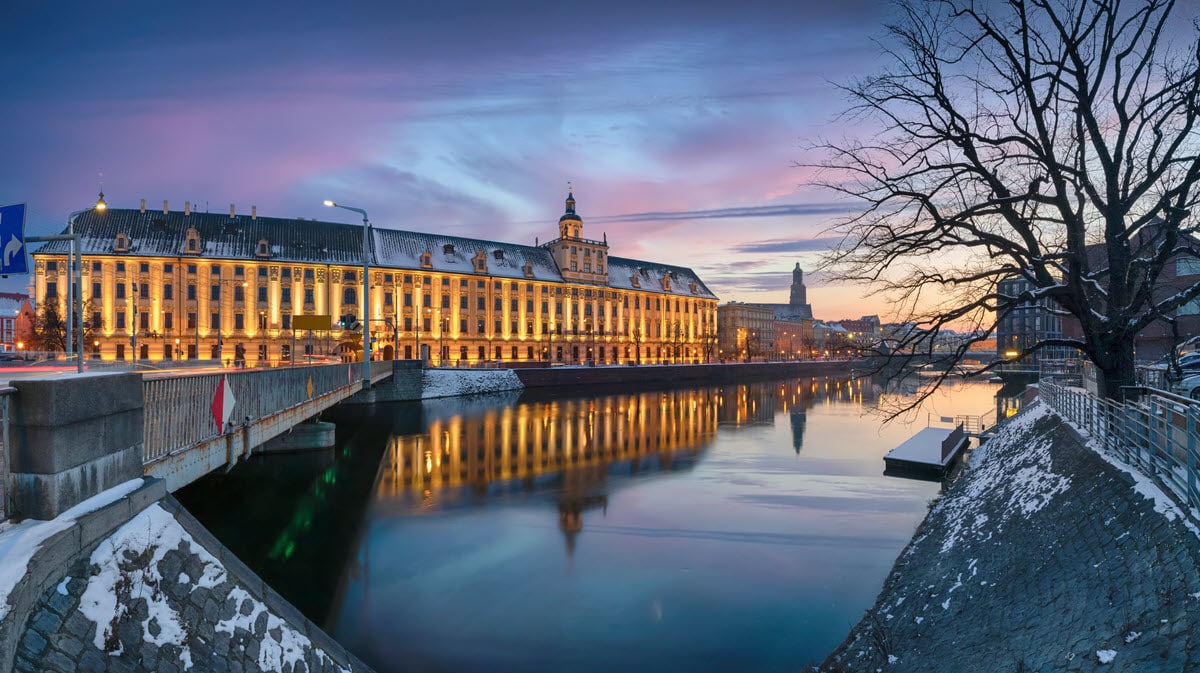Poland is a country in Central Europe covering an area of 312,696 km2 (120,733 sq mi). It’s the fifth most populous member of the European Union with a population of over 38 million.
Poland is known for its beautiful ancient cities like Kraków and for being home to some of WWII’s most moving remnants such as the Auschwitz-Birkenau concentration camps and Schindler’s Factory. It’s also home to 16 World Heritage Sites, Europe’s most ancient old-growth forest, and the famous pastries, pierogi.
Warsaw
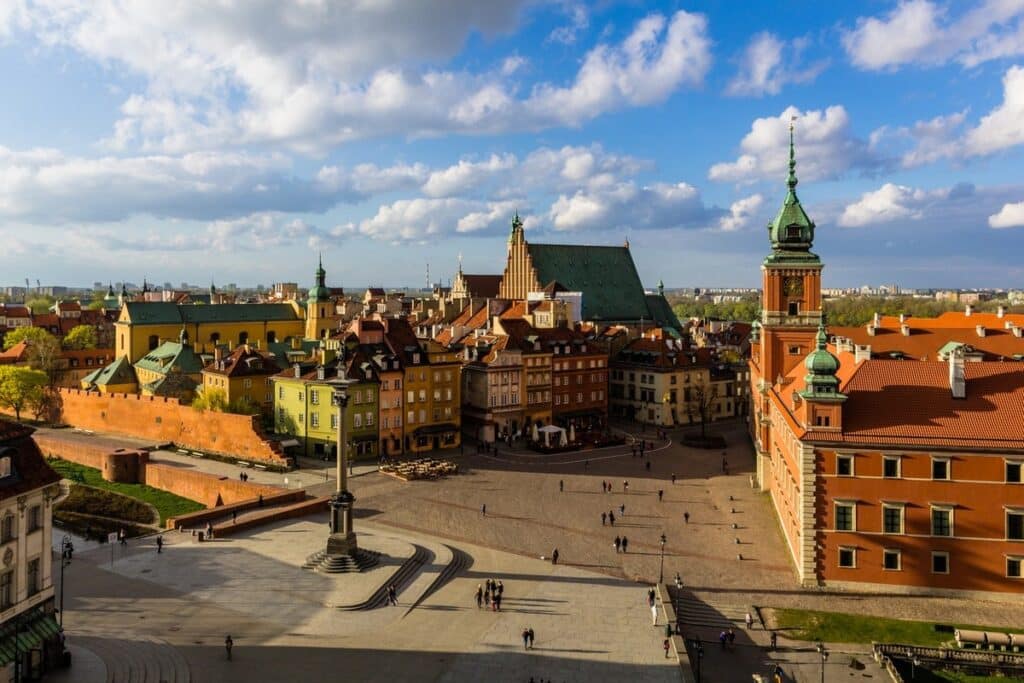
Warsaw, the country’s capital, is a thriving metropolis where century-old architecture meets skyscrapers of all kinds.
The city’s gem is undoubtedly its old town that’s listed as a UNESCO World Heritage Site. The square was laid out in the 13th century. However, the buildings today are more reminiscent of the 15th century as the buildings prior to that were made out of wood.
During the Second World War, the entire city of Warsaw was almost destroyed. Therefore, many of the buildings you see today are a reconstruction of what the city used to look like.
Kraków
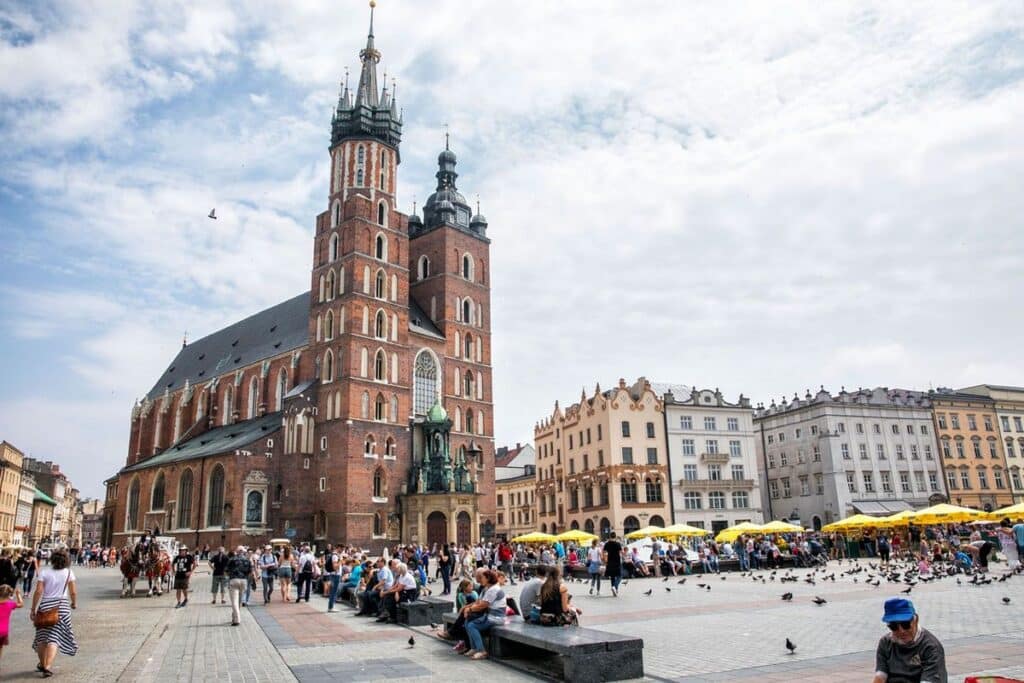
Many agree that Kraków is the country’s most beautiful city and it almost always tops visitors’ list of things to see. Architecture lovers especially will be pleased as all of the great European architectural styles have left their mark on the city.
Kraków used to be the country’s capital until 1596, but today it’s the country’s capital of culture. The city’s cultural calendar is filled to the brim with celebrations of the arts, music, film, dance, literature, theatre, and food.
Even outside of annual events and festivals the city is a hotspot for art lovers year-round.
Auschwitz-Birkenau Camps
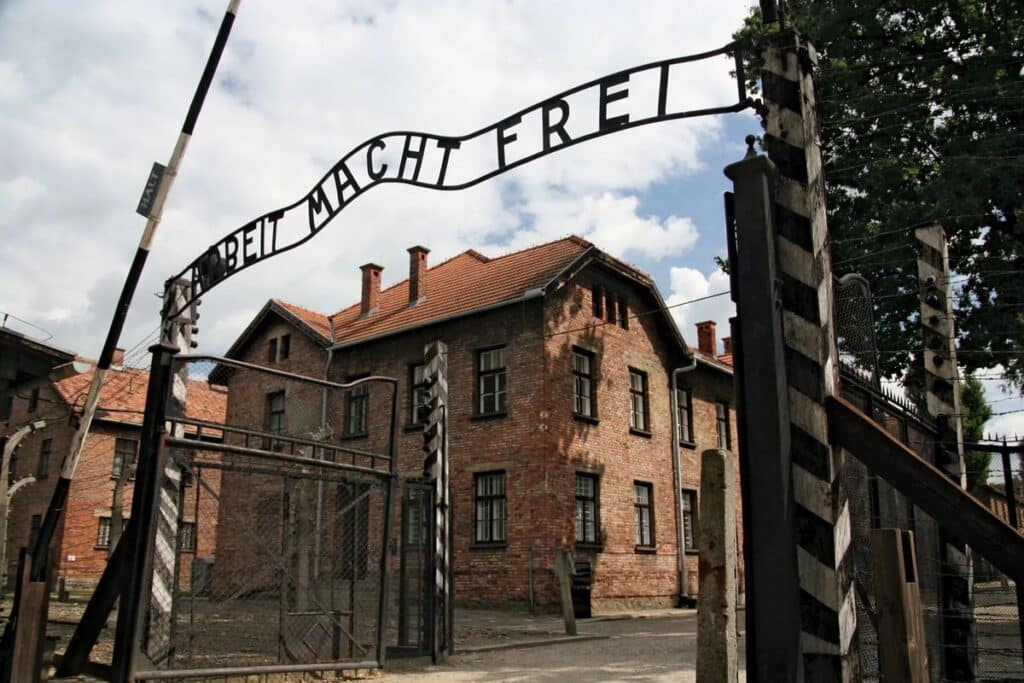
Approximately 900 000 Jews, political prisoners, Roma, and a number of other ethnicities were sent to The Auschwitz I and the Auschwitz II–Birkenau concentration camps from German-occupied territories.
As the war was drawing to a close and the Soviet forces advanced into Poland, the Nazis attempted to hide the atrocities before fleeing. Although they were able to destroy large parts of the camp and the gas chambers and crematoria, many structures remained.
It’s these that visitors can see today. Next to the visiting the grounds, there are personal possessions from prisoners, and that for many people is the most haunting part of the visit.
Wieliczka Salt Mine
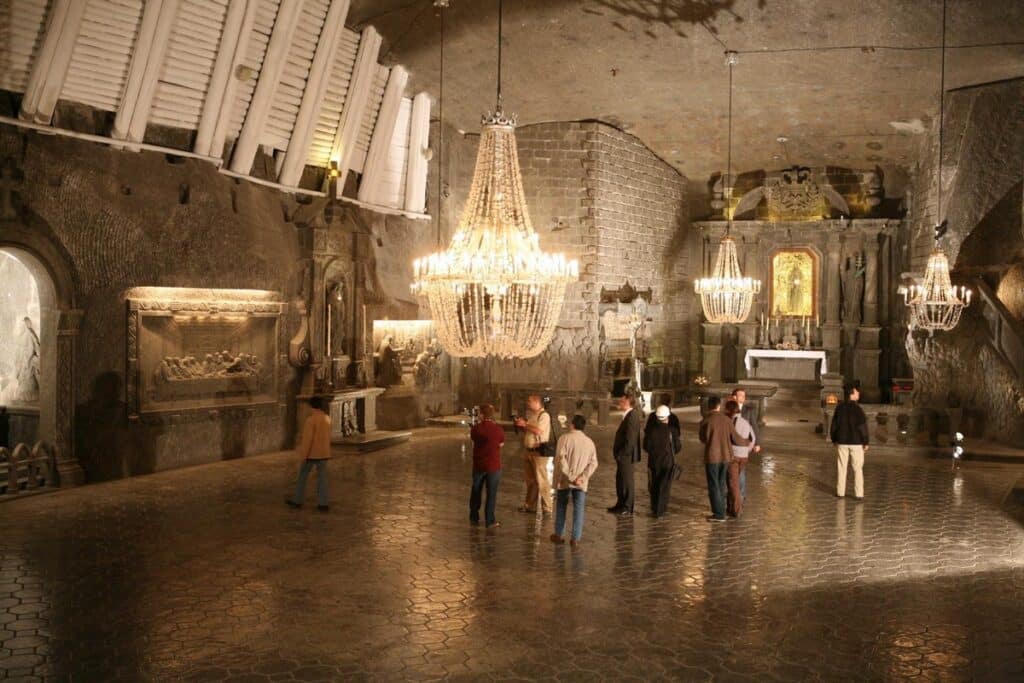
Close to Kraków, you’ll find one of the world’s largest salt mines hiding just beneath the surface. The Wieliczka Salt Mine, underneath the town with the same name, contains paths of more than 300 kilometers (186 miles). The mines go down 350 meters (1148 feet) into the ground.
The salt mine was in operation until 2007, but today no more table salt is extracted and visitors can gawk at this underground world. The history of the mine goes back to the 13th century making it one of the world’s longest operating salt mines.
Malbork Castle
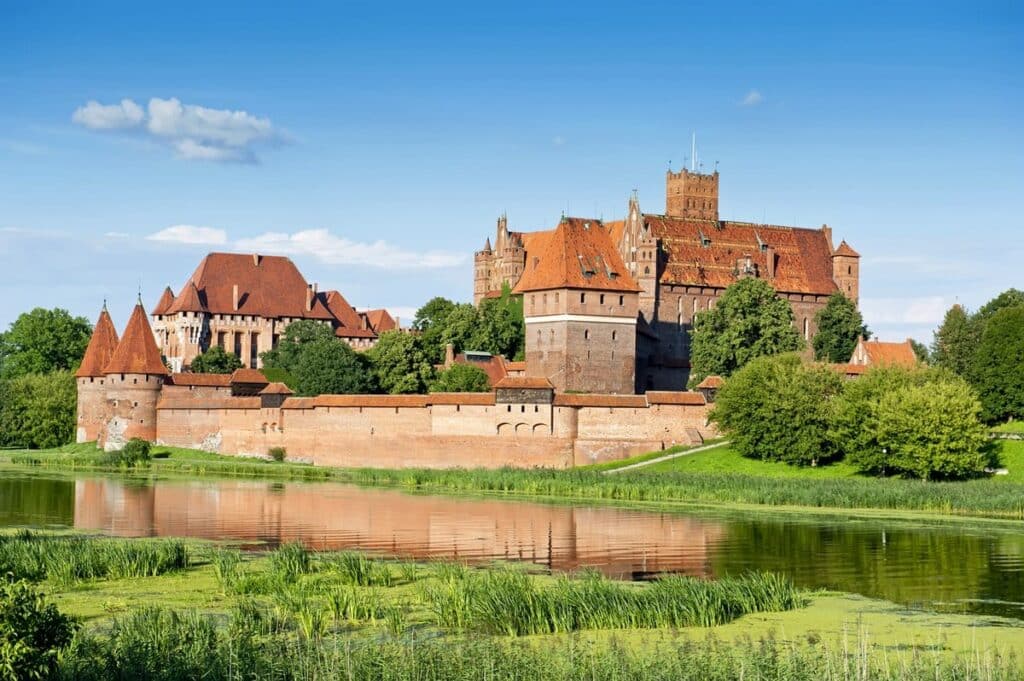
Step back in time when you visit this 13th-century castle built by the Teunotic Knights. The Teunotic Knights were a religious order that also served as a crusading military unit. While the castle started out as a small fortification it has expanded into what is now the world’s biggest castle by land area.
Many of the rooms that visitors can see are still perfectly preserved and some of the highlights include a medieval kitchen with a massive fireplace and the knight’s private toilet atop a tower.
Pierogi

Pierogi is without a doubt the country’s most recognizable dish. It’s little pieces of pastry made out of a simple dough (flour mixed with warm water) that’s stuffed with a sweet or savory filling. They are then boiled in water although you can find baked and pan-fried versions. They are then topped with sour cream or fried onions.
You can enjoy pierogi either as a starter, a main, or even dessert. These are easy to find wherever you are in Poland and if you want to try a really traditional kind, order the pierogi ruskie filled with potato and cottage cheese.
Schindler’s Factory
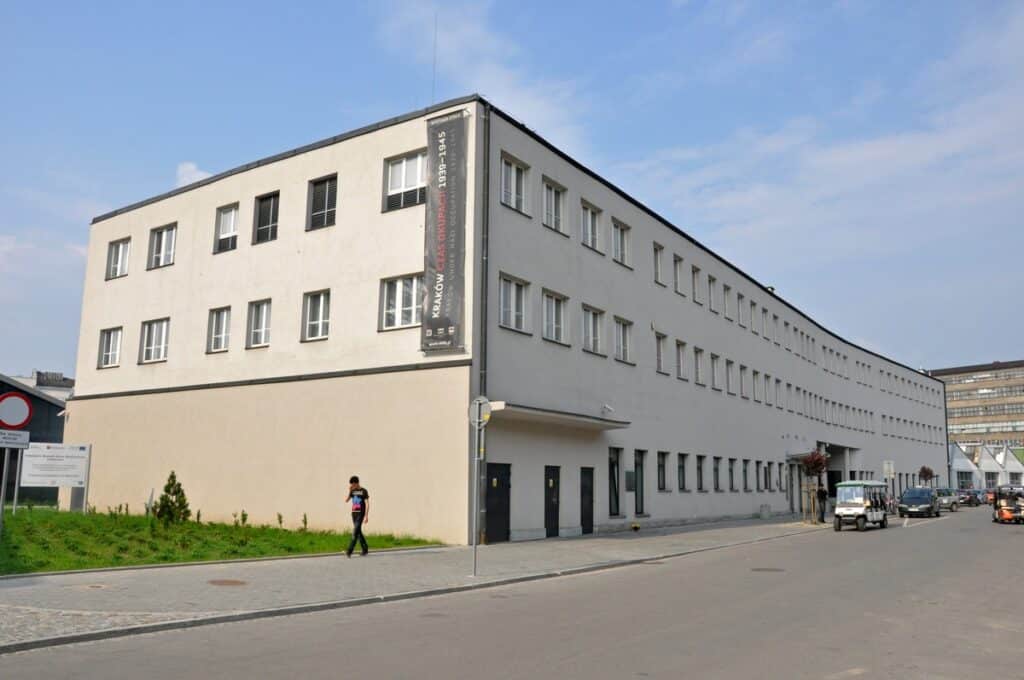
You might have heard about or seen the movie Schindler’s list. This is the location and the man that it’s based upon. Oskar Schindler’s enamel and metal factory is now home to two museums.
A Contemporary Art Museum is housed in the building and Schlinder’s former office and the largest part of the factory floor forms parts of the Historical Museum of the City of Krakow.
His office, preserved since the War, shows an exhibit in honor of his life and the people he saved. Also in the building, you’ll find cinematic exhibits that show the city during war times and the impact the Nazi regime had on its inhabitants.
Wawel Royal Castle
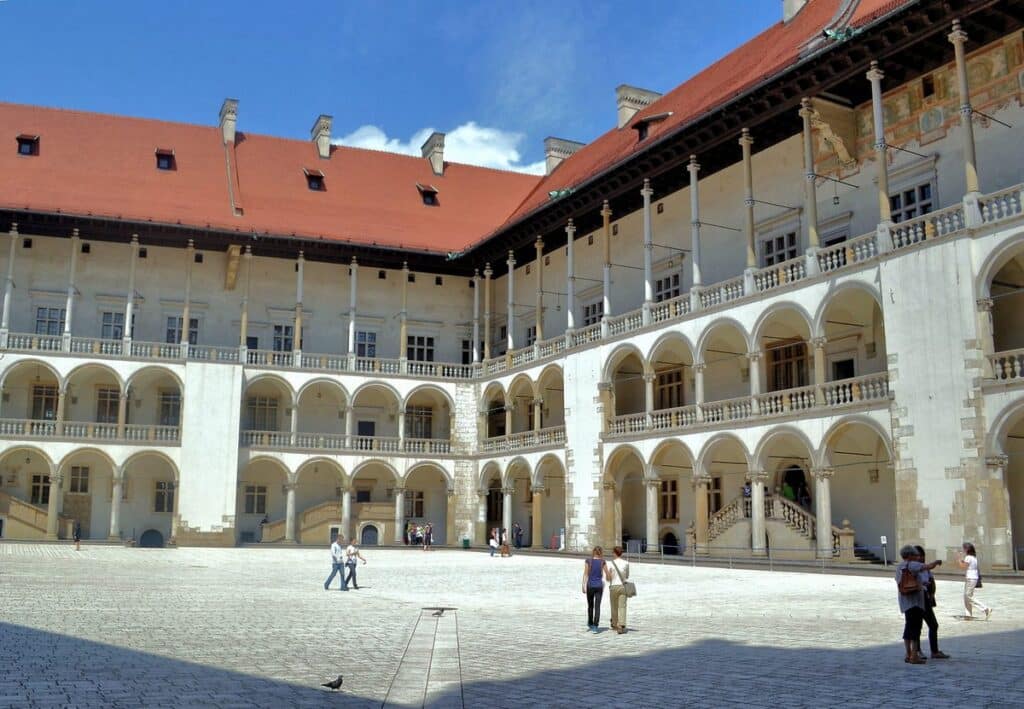
Wawel Castle was once upon a time home to King Sigismund I in the 16th century. He was an avid art collector so it’s only fitting that the castle has now been turned into a prominent art museum.
However, you can see more than only art here as the museum houses an impressive collection of weapons and armor, ceramics, textiles, prints, and period furniture.
The castle is one of the first sites in Poland that UNESCO declared a World Heritage Site so the castle has also been an important part of the country’s history.
Bialowieza Forest
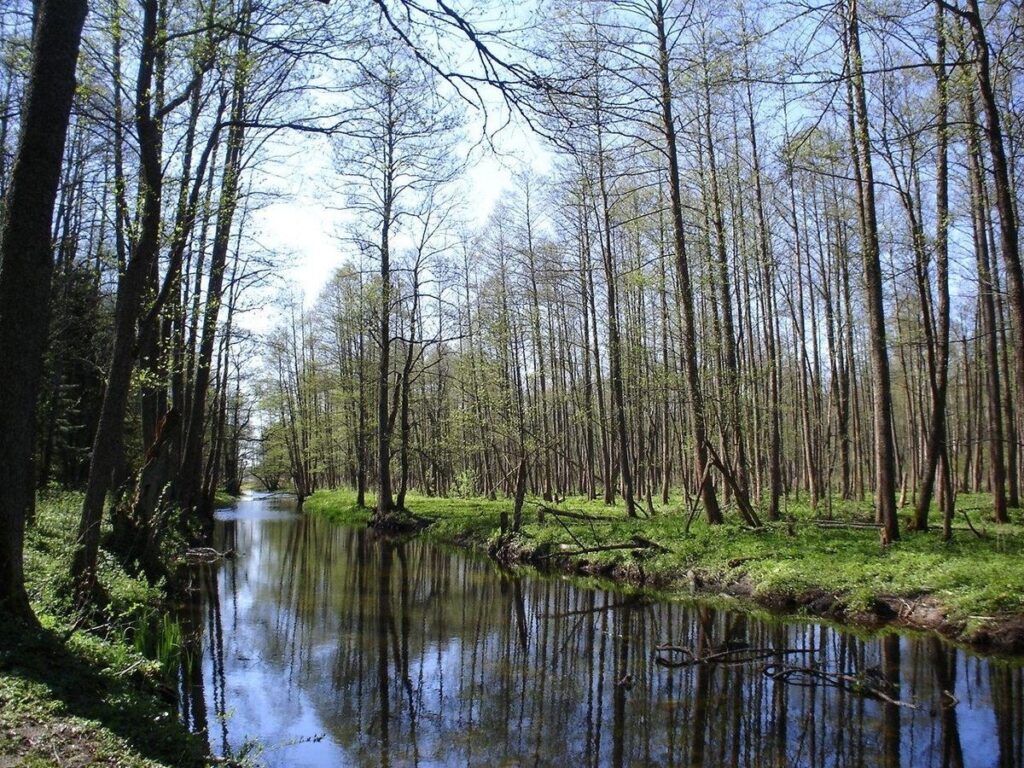
Forests are magical places, but unfortunately, much of the forests that covered Europe centuries ago have been destroyed. However, the Bialowieza forest, a large remnant of the primeval forests that used to cover the continent, is still thriving.
This forest is the last place in Europe where wild animals such as European Bison still roam freely as they’ve done for centuries. You can also find animals such as Red Deer, Wild Boar, Elk, Roe Deer, Lynx, and Wolves here.
Guided tours are available to those that wish to explore this ancient forest.
Torun

Torun managed to escape the bombing during the Second World War and as a result, is still home to beautiful buildings from the Middle Ages.
Some of the buildings that top the list of must-sees include the city’s Gothic Town Hall, the old market place, and the Cathedral of SS. John the Evangelist and John the Baptist.
Poznan
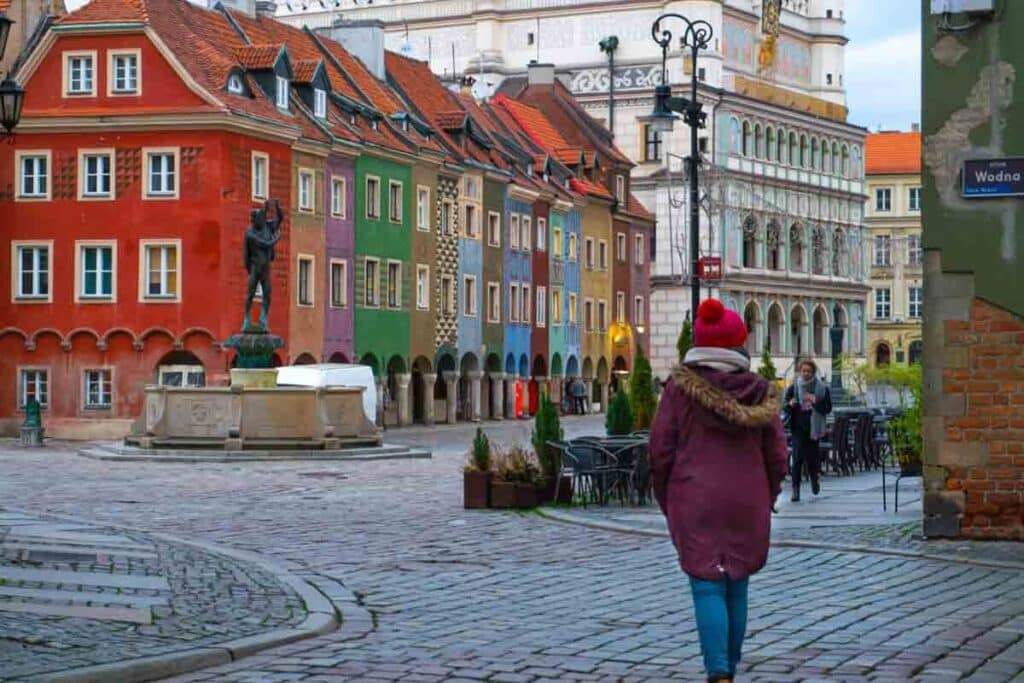
Poznan is a lively city thanks to it being a student city and academic city. It’s home to the country’s third-largest university and a whole host of international events such as the Malta International Theatre Festival held annually during summer.
If you are unsure where to start your visit, just follow the Royal-Imperial Route. It’s a walk that was set up especially for tourists so you can be sure you’re not missing out on any of the city’s gems.
Warsaw Rising Museum
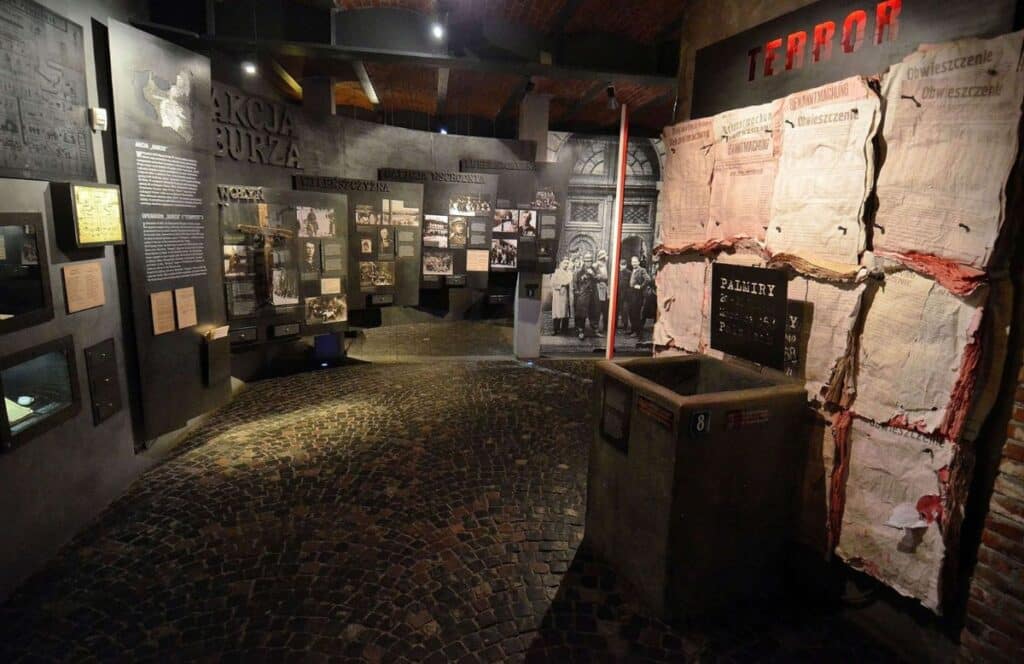
If you are a history lover, you can’t miss the Warsaw Rising Museum. The museum is dedicated to the 1944 Warsaw Uprising that saw the Polish Underground Resistance fight the German occupation of the city.
The uprising lasted 63 days and with immense casualties on both sides. The museum sheds a light on the large number of historical buildings the occupying forces destroyed as a means of retaliation.
The museum does a great show of capturing the spirit of a group of barely armed civilians risking their lives to fight the enemy.
Obwarzanek Krakowski
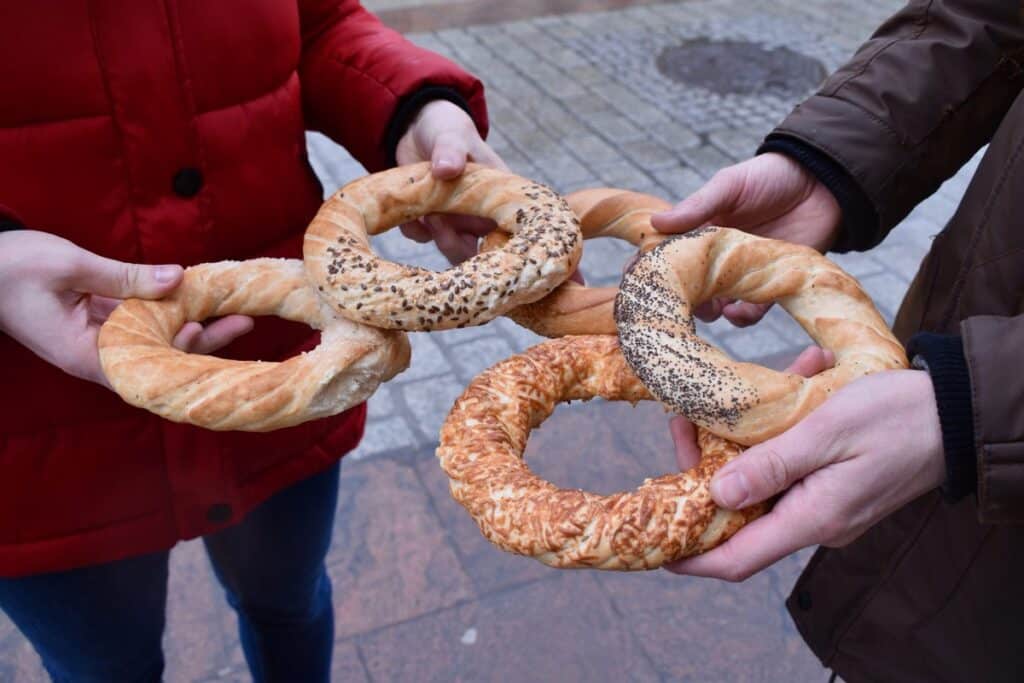
If you want a quick snack and to try some of the country’s local delicacies – then grab an obwarzanek Krakowski from a street corner in any Polish city.
It’s like a twirled rope of pastry the size of approximately a bread roll. It’s usually topped with cheese or sesame seeds. The pastry is said to have its origins 600 years ago so it’s a local treat you can’t miss out on.
Wroclaw
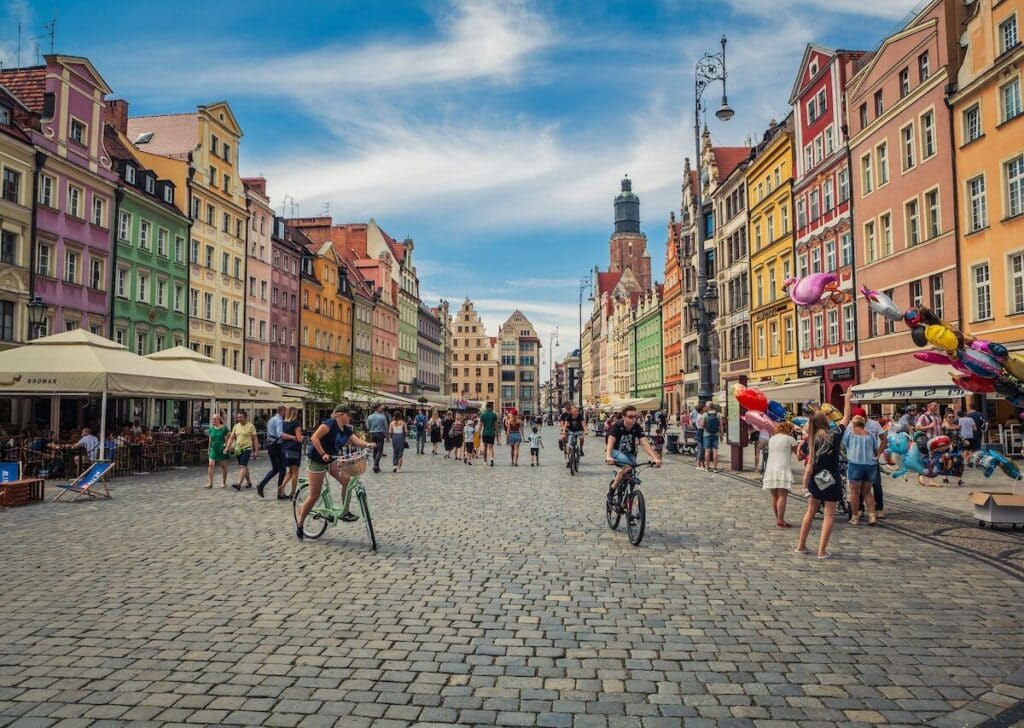
If you are looking for a beautiful city that’s not overly touristy then head to Wroclaw. Interestingly the city hasn’t always been Polish. It’s changed hands numerous times from the Kingdom of Bohemia to Prussia to Germany.
One of the things the city is most well-known for is the Wroclaw’s dwarfs. The dwarfs are approximately 350 tiny bronze figures of elves that are hidden throughout the city. You’ll find them on everything from lampposts to sidewalks.
Also don’t miss out on the city’s remarkable 13th-century Main Market Square and the Old Town Hall.
Gdansk
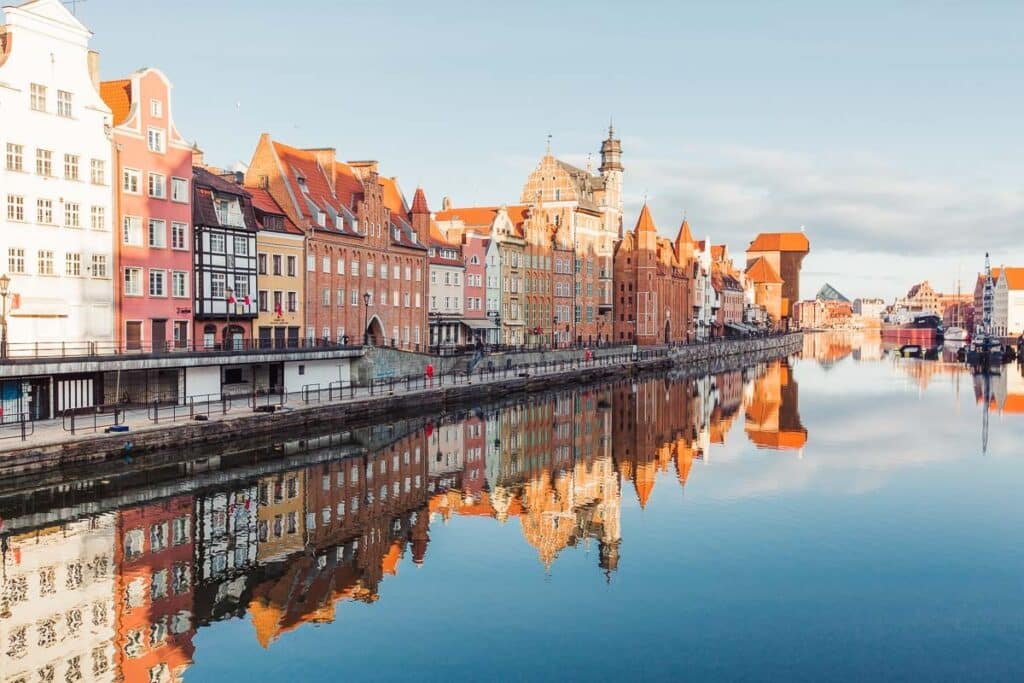
Gdansk is a quaint city situated on the Baltic Sea. During its history, it often changed hands between Germany and Poland. Many tourists skip visiting Gdansk and head to the more well-known cities, but those that choose to make a detour will be rewarded with a beautiful ancient city.
Most of the old part of the city dates back to the 17th century and has been preserved beautifully. Some of the highlights in the area include the Prison Tower, the City Gates, and a number of old merchant houses.
Frédéric Chopin
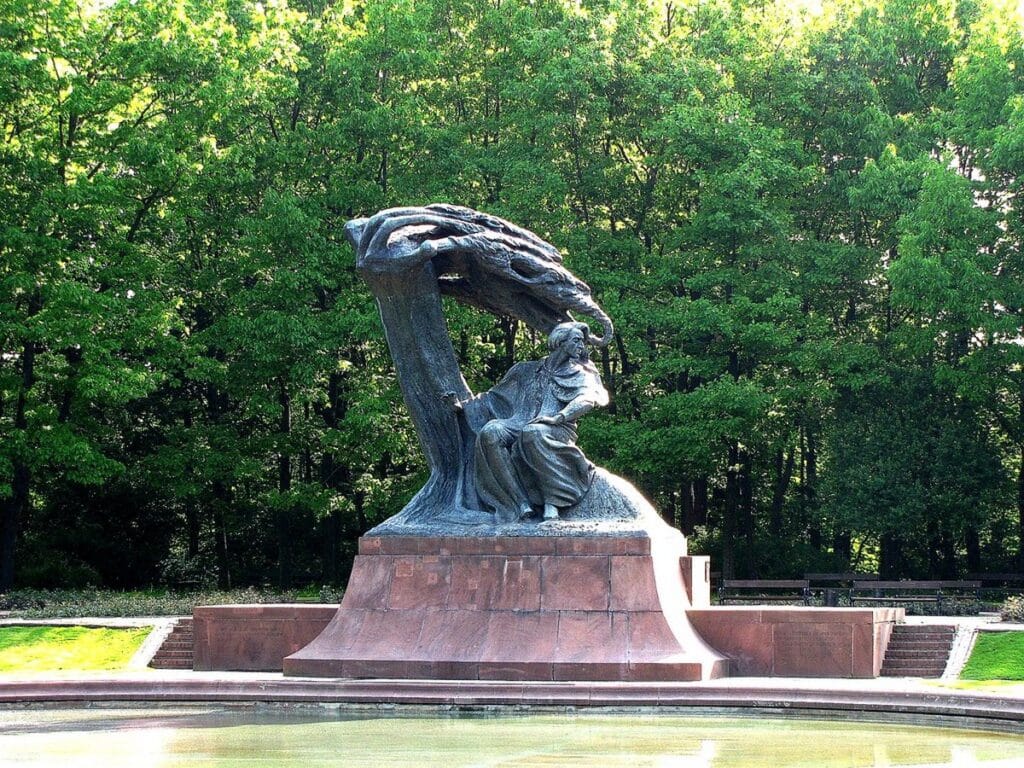
Frédéric Chopin is a renowned Polish composer born in 1810. He is known for his expressive piano playing and today the city of Warsaw pays tribute to the country’s famous son in the most unique way.
The city placed Musical benches known as Chopin Benches in 15 key sites connected with the composer all around Warsaw. They are said to be placed in spots where the composer spent time in and around the first part of the 19th century.
You can even listen to fragments of some of the composer’s most famous works by pressing a button on the benches.
